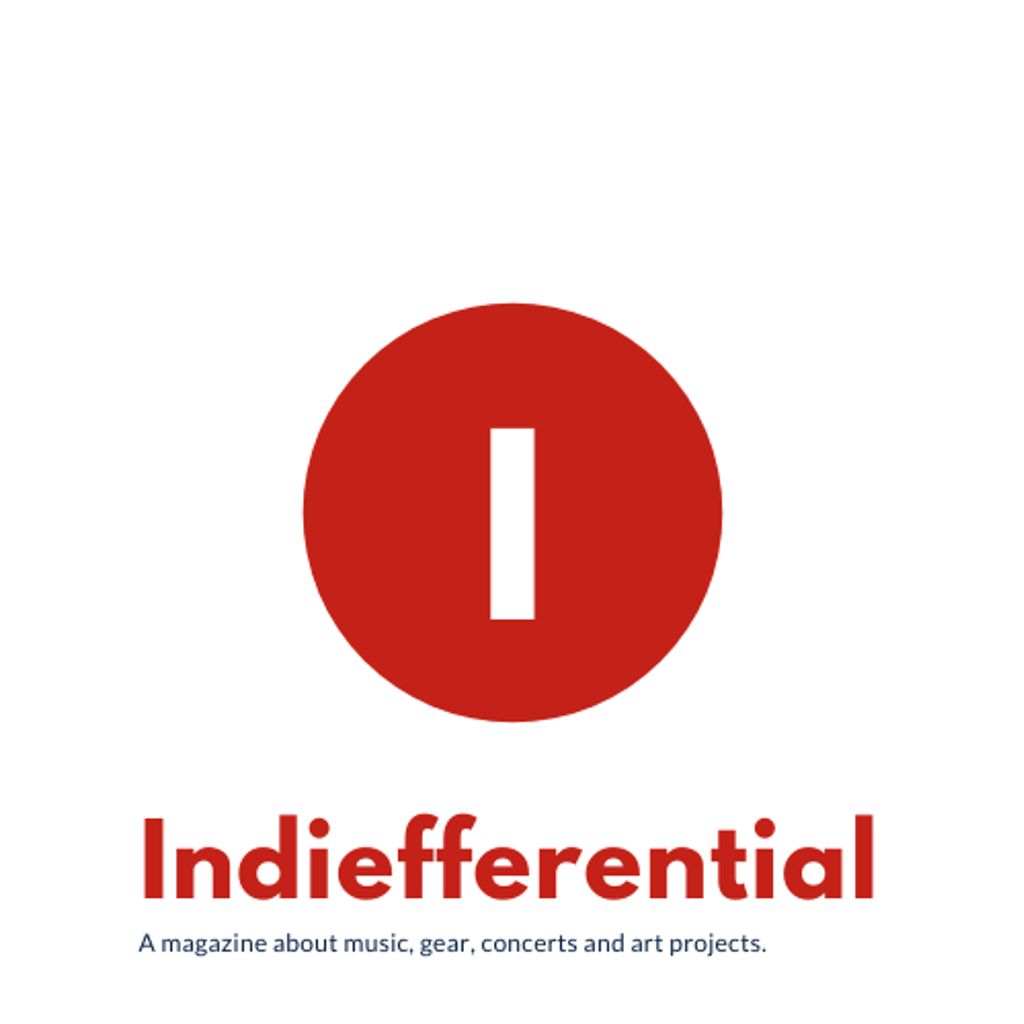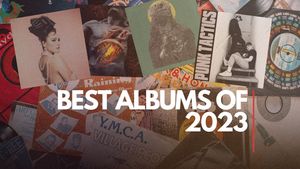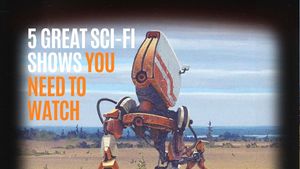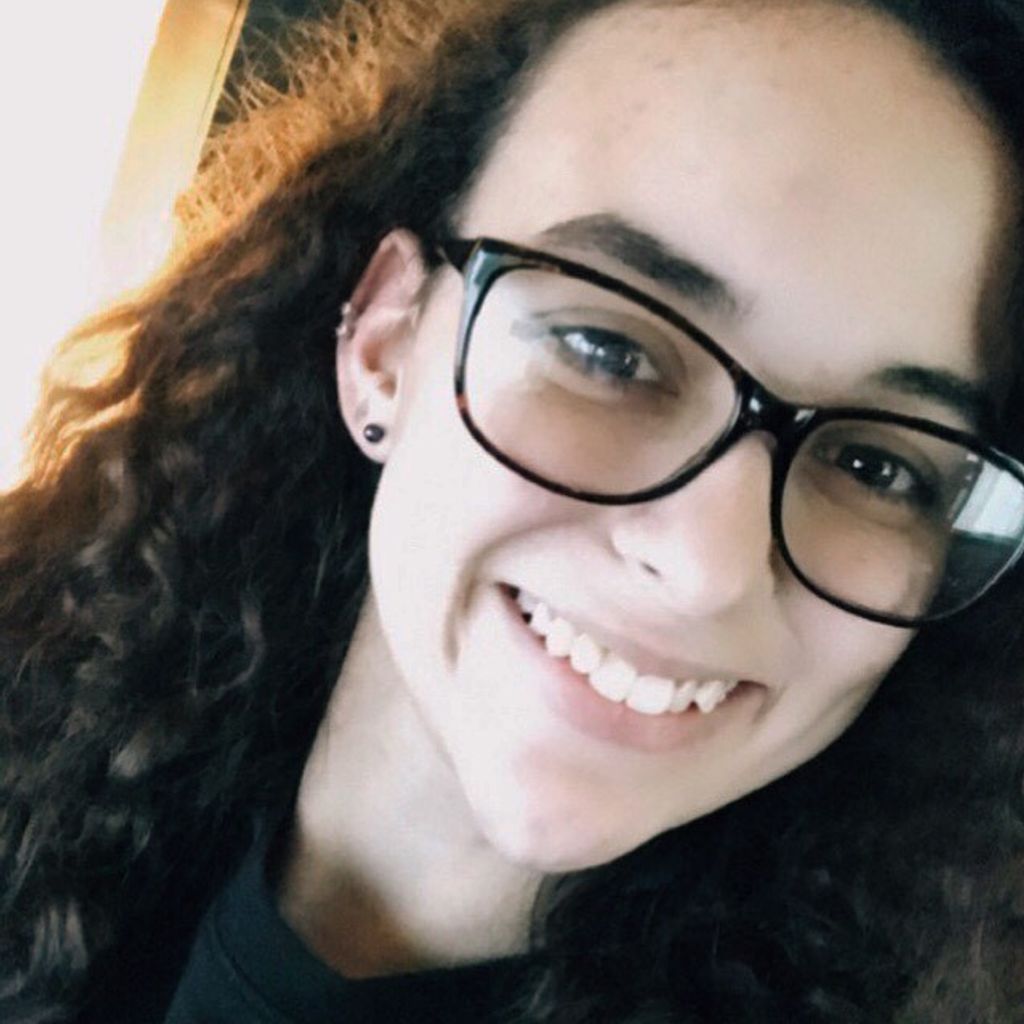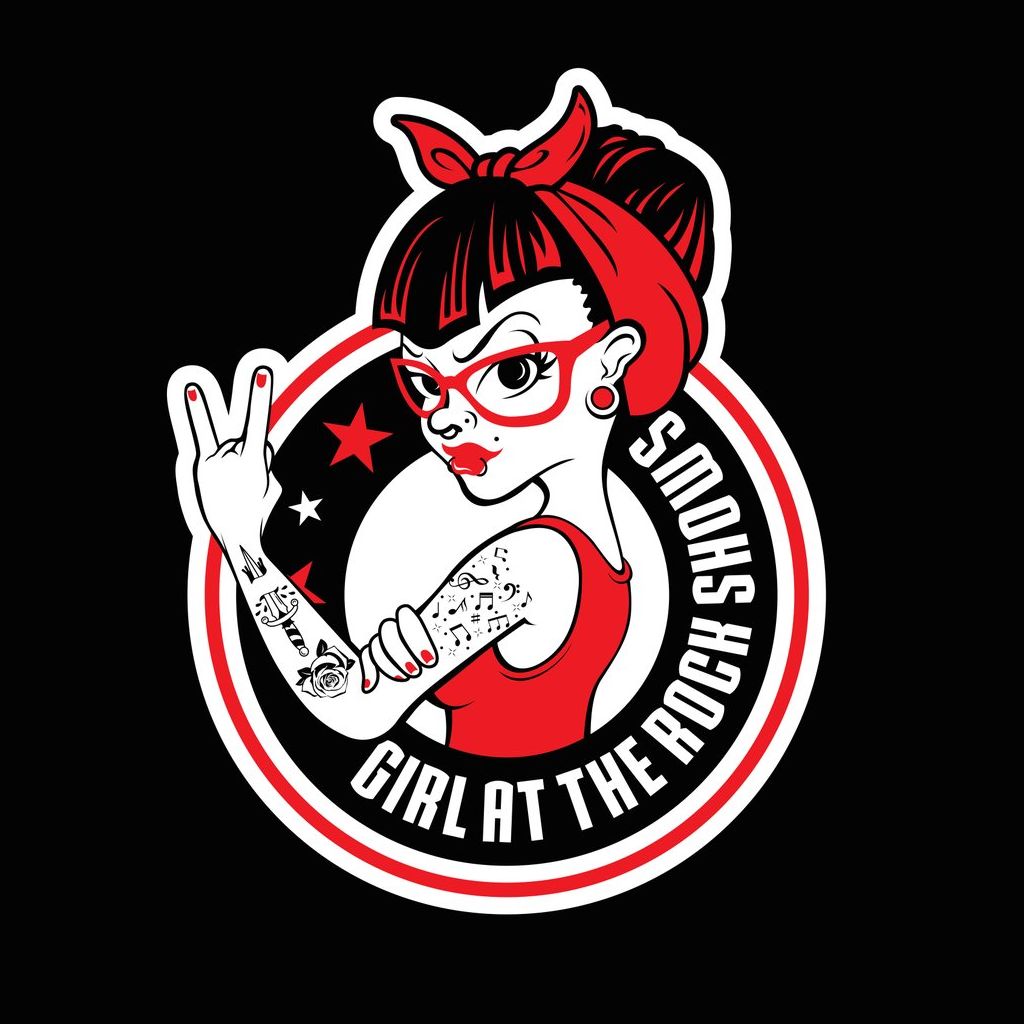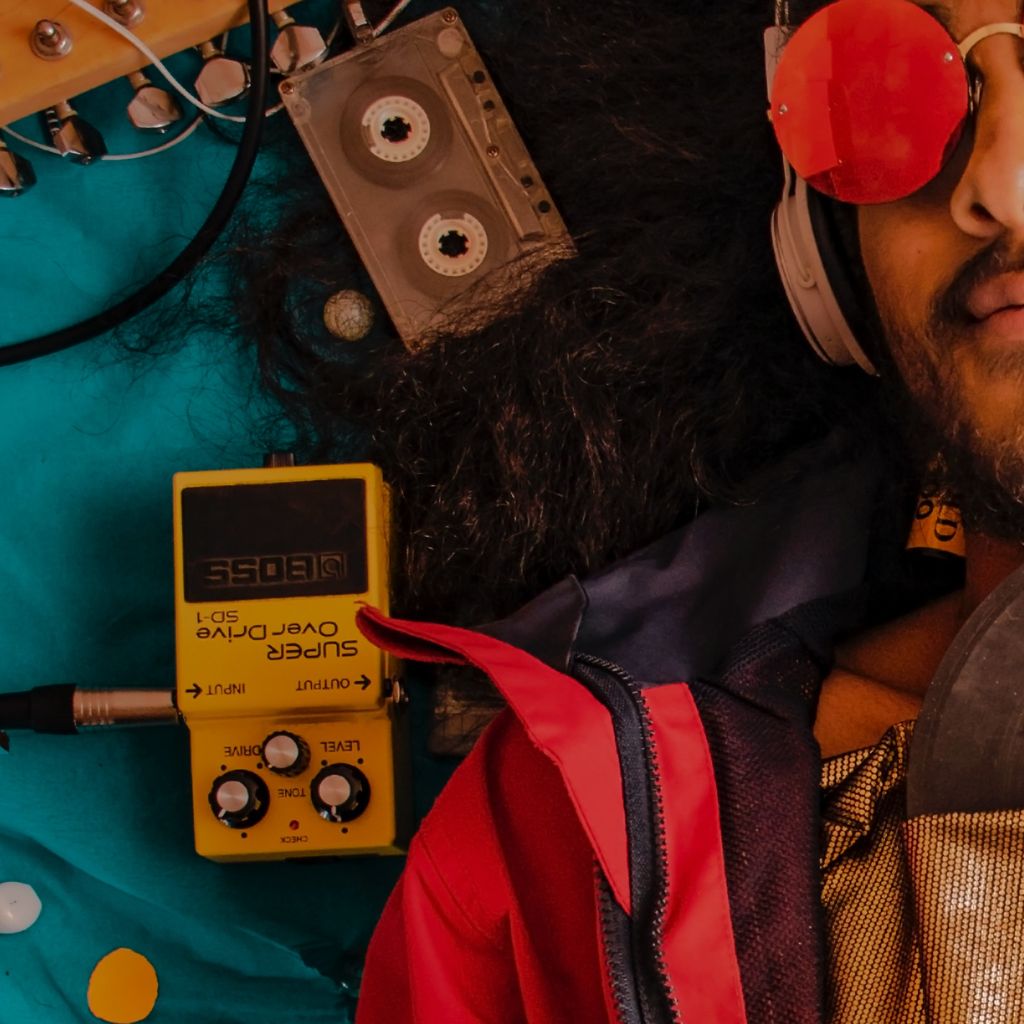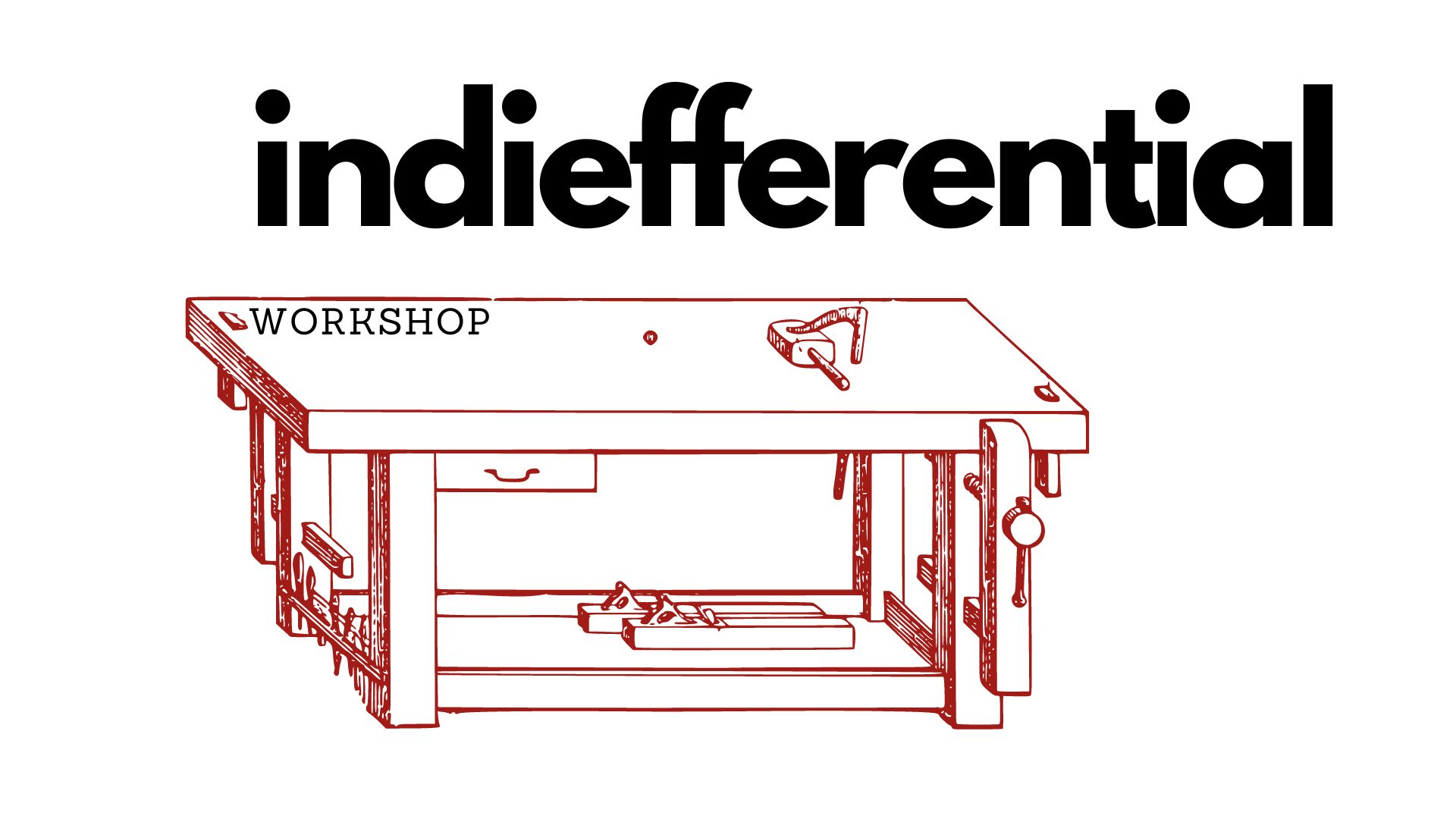
Welcome to the Workshop
Please refresh the page so you can access the updated task.
The idea for the Workshop is to have musicians gather and create something unique. A number of seminars will be introduced and we will be featuring artists and producers to tell us all about how to achieve your goals in the music industry. The workshop includes Daily Tasks that will be updated everyday helping you promote your work and grow your audience. Come back to the Workshop after 24 hours to see the new tasks!
We don't have a magical way to get you famous performing in an arena in one week but we talked with the people who achieved their goals so far and told us all about it. We already have done more than 500 complete interviews with musicians and producers from all over the world.
You can also join Indiefferential+ where you can access more articles on music production/promotion and we also feature your work on a page in our monthly magazine for just $5.
Enhancing Your Music with Visuals: Tips for Effective Music Promotion
Define Your Brand Identity Before you start creating visuals, it's important to define your brand identity. This includes elements such as your band's name, logo, color scheme, and overall style. These elements should be consistent across all of your visuals, creating a cohesive and recognizable brand identity.
Use High-Quality Images High-quality images are essential for creating effective visuals. Make sure that the images you use are clear, in-focus, and well-lit. If possible, use professional photography or invest in a high-quality camera to ensure your visuals look polished and professional.
Incorporate Your Music When creating visuals, make sure to incorporate your music. This can be done in a variety of ways, such as using album artwork or incorporating lyrics into your visuals. By incorporating your music, you'll create a more immersive experience for your fans.
Experiment with Different Visual Formats Visuals can take many forms, from social media posts to music videos. Experiment with different formats to see what works best for your band. For example, creating lyric videos or short clips of your music can be a great way to promote your music on social media.
Utilize Social Media Social media is an incredibly powerful tool for promoting your music and visuals. Make sure to create visuals that are optimized for each social media platform you use. This includes things like sizing your images appropriately and using the correct hashtags.
Collaborate with Visual Artists Collaborating with visual artists is a great way to create unique and eye-catching visuals for your band. Consider working with a graphic designer or photographer to create visuals that truly stand out.
Keep it Simple When it comes to creating visuals, sometimes less is more. Don't overcrowd your visuals with too many elements or information. Keep your visuals clean and simple to ensure they are easy to understand and visually appealing.
Tell a Story Great visuals should tell a story. Whether it's through the use of imagery or incorporating your lyrics, your visuals should help to convey the overall message of your music.
Creating great visuals is an important part of promoting your band and music. By defining your brand identity, using high-quality images, incorporating your music, experimenting with different visual formats, utilizing social media, collaborating with visual artists, keeping it simple, and telling a story, you can create visuals that truly stand out and connect with your fans.

Workshop Course 1 (FREE):
A basic introduction to music promotion
- Find your target audience
- How to contact people
- How to use social media
- Website content guide
- Learn about SEO
- Create a USP
- Make your own EPK
When you are not there to discuss your work, an artist's statement describes your work and your methodology. You may showcase your work in a meaningful way and get the confidence to interact with people when you meet them by organizing your views in an artist's statement. An artist's statement offers context for the work of the artist as well as insight into its creation. The finest artist statements are genuine, written in the artist's own words—even if they aren't always written by the artist—and always use clear, approachable language. An artist's statement, then, is a condensed version of what the artist would say if asked to describe their own work in person. It gives as much current information as is necessary while concentrating on the present.
Here are a few of the explanations for why you require an artist statement: ordered alphabetically
Application to a Graduate Art School Program
A job application for teaching
How to Propose an Art Project at a Gallery
Exhibitions, online exhibits, and biographies all contain artwork.
For a magazine piece, a bio
Exhibition Proposal Exhibition Catalog
Curator Suggestions
Application for Juried Competition
Grant Application
Advice for Reviewers of Exhibition Reviews
Presenting oneself to potential clients as a lecturer
Publication/Press Release Promotional Material/Tool
Opportunities for Speaking in Public
Speaking with customers during a private viewing
An agent makes a sales pitch while writing a letter regarding your artwork.
Your Blog for Artists
Verbal Introduction of You
Your Web Page
Who are those people looking at my website/profile?
There are several types of visitors that visit your website to learn more about you.
Fellow artists who has found a link to your blog or website on another website individuals who critique or remark on other creatives' work
Label owners who are looking for new artists
Blog writers who are looking for the next thing to write about
Introduce yourself
Writing about one's work, or making an artist statement, may be a difficult undertaking. However, if the challenge is accepted, the artist's statement may offer a significant advantage in how one presents their work. It enables the artist to reflect on and translate their work from a visual to both written and spoken settings, providing brief windows into their conceptual concerns and/or creative processes as well as how their visual works allude to their artistic aims.
The artist's statement is a brief essay that describes the work being displayed. It is typically one or two pages long. The visitor is led into the piece of art by a well-written artist statement, which also sheds light on the artist's conceptual ideas and creative process.
About us
Artists frequently are unsure about what information to post on their "about the artist" page. Whatever you decide to include or exclude will undoubtedly reveal something about you, of that you can be sure. Another question is if it will be beneficial to other visitors to your website/social media.
The following inquiries will help you focus your ideas when you're getting ready to write a piece about your work:
What motivated you to make music?
What was the inspiration for the work, and how did it develop into what it is today, taking conceptual, aesthetic, and/or technological factors into account?
What difficulties did the project experience, and how were they overcome?
With respect to your aims, what issues, concepts, or questions did you hope to raise through the work?
What is it that you want the listener to take away from your work?
Write or speak in a way that is consistent with how you would explain your job. If "art-speak" is not already a part of your lexicon, it is not required to be fluent in it. If your attempt to introduce such a discourse doesn't mirror your existing style of thinking and speaking, it will come out as lacking authority and won't be persuasive.
Make sure to organize your ideas in a way that keeps the reader interested as they read through the conversation. Making a brief outline beforehand might be useful for helping you organize your ideas and decide on the pertinent areas to mention.
Once an outline has been created, it is beneficial to just start writing to get your ideas down, and then go back and revise the content, and structure, and make any necessary grammar and spelling adjustments.
Write concisely in a descriptive style that enables the reader to develop a mental and visual understanding of the piece they are going to read.
Use the "active" voice; it's more convincing.
Each paragraph should concentrate on one main idea and include a discussion to back up and prove the idea.
To provide a seamless transition from one topic to the next, give the reader transitions between paragraphs.
Have people read your writing to ensure that your views and ideas are being expressed clearly.
Your journey so far
Do people want to hear about your artistic path and how you got to where you are now? Tell your audience about how you started making music and what is your progress so far. Focus on the positive aspects of your career and always try to mention your future projects and plans. Negatives should be avoided unless you also have a positive narrative to share, in my opinion.
Before making music you have to understand who will be listening to your work.
You must first become known to the media before others in the music industry will be able to support you. They must be acquainted with your name and the sound you make.
There are some things you need to do before you go out into the world and start promoting yourself.
Determine your identity as an artist first.
Find out who your ideal followers are.
After addressing those concerns, you take steps to reach a certain target group with your musical identity and the advantages you provide.
Give as many live performances as you can.
Use posters to advertise your shows.
Create an artist website and register a domain.
Create an artist profile on Spotify.
Post music videos on YouTube.
Find out where your ideal fans hang out online and offline by doing some research.
Speak with prominent podcasters and bloggers.
Investigate offline and online media coverage.
Set up shop on sites like TeeSpring for merch.
Write and distribute press releases.
Pursue radio airplay online via Instagram.
Too many ambitious musicians try to skip over this phase. Artists frequently ignore this phase without even realizing it or don't understand its significance in the first place. You can't solely consider marketing to the general public when you are an independent artist. That is an outdated major label tactic. Therefore, stop considering marketing as a technique to project your message into a vast, faceless audience from a distance.
At your live performances, gather names and emails to create a mailing list.
Make friends with your fans by hanging out with them at your live performances.
Include a sign-up form for emails on each page of your website or Instagram (use Mailchimp).
Create enticements for followers to subscribe to your email list.
At least twice a month, send email updates to your fan list.
Maintain contacts with editors, reviewers, bloggers, and podcasters who are active in your genre. Reply to comments left by visitors to your Instagram, YouTube, Facebook, etc.
Thank your followers frequently, and be kind to them.
Important: It will be a long time before you can call someone a fan. People following you will probably be fellow artists, creators, and bloggers that appreciate your work and mutual support. Stay in touch with them and remind them of your projects because you might get lost in the feed especially if you don't post daily.
Your music or merch is not worthless.
There are many people and even musicians who buy music or merch and they love to support creators.
So get it into your head that your music is worth paying for.
Announce that you have CDs and merchandise for sale at your gigs – or send links to your release.
Sell your CDs on Amazon.com
Promote customer benefits, not the features of your CDs.
Sell more by offering a collection of your merch at a special bulk price.
Make limited-time and limited-quantity offers via Teespring.
More Courses Coming soon...
